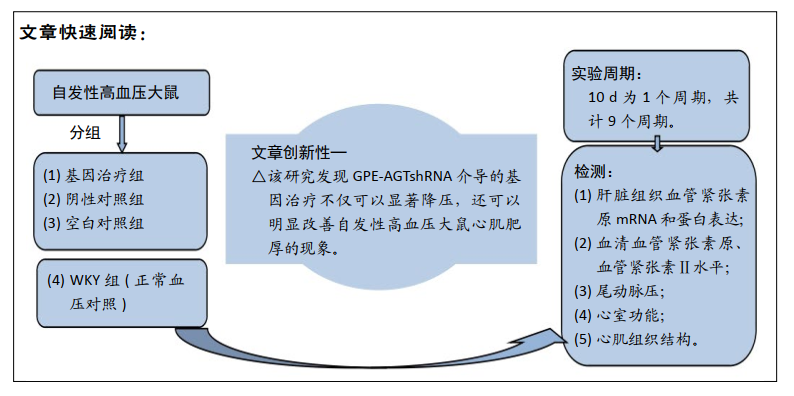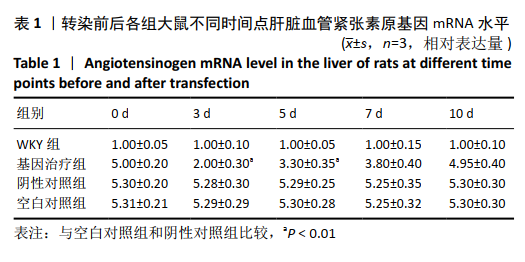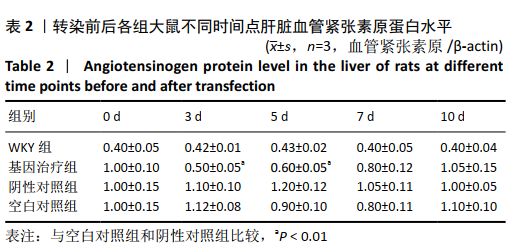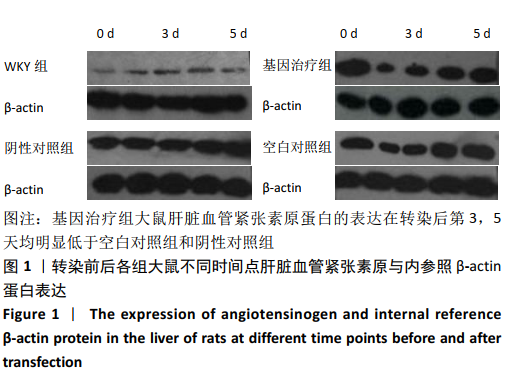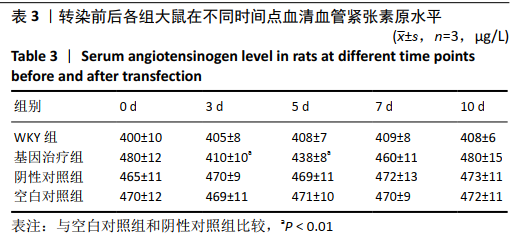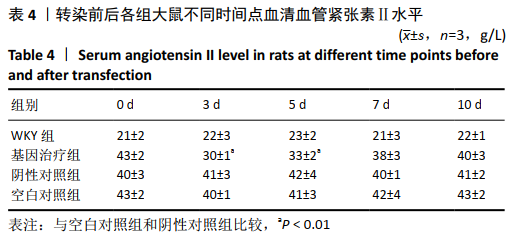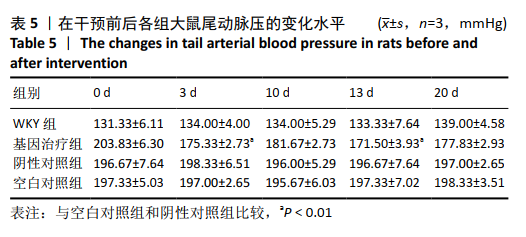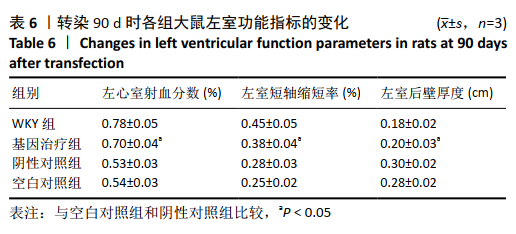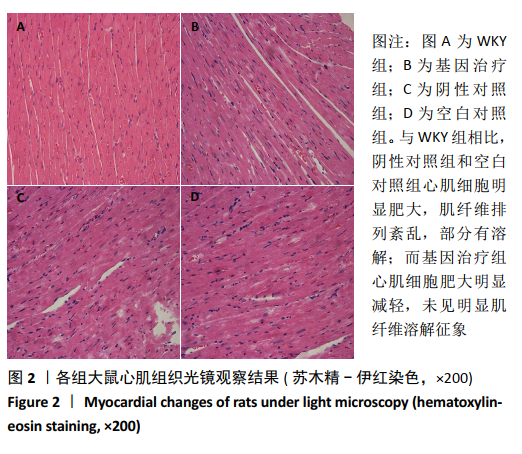[1] SARKI AM, NDUKA CU, STRANGES S, et al. Prevalence of hypertension in low-and middle-income countries:a systematic review and meta-analysis.Medicine(Baltimore). 2015;94(50):e1959.
[2] CHEN X, BARYWANI SB, HANSSON PO, et al. High-normal blood pressure conferred higher risk of cardiovascular disease in a random population sample of 50-year-old men: A 21-year follow-up. Medicine Baltimore. 2020;99(17):e19895.
[3] REDDY ST, SAVITZ SI. Hypertension-Related Cerebral Microbleeds.Case Rep Neurol. 2020;12(3):266-269.
[4] LEVY-VARADI R, YAGIL Y. Hypertension as a cause of renal disease - fact or fiction?. Harefuah. 2020;159(12):887-891.
[5] SHEPPARD JP, BURT J, LOWN M, et al. Effect of Antihypertensive Medication Reduction vs Usual Care on Short-term Blood Pressure Control in Patients With Hypertension Aged 80 Years and Older: The OPTIMISE Randomized Clinical Trial. 2020;323(20):2039-2051.
[6] FLACK JM, ADEKOLA B. Blood pressure and the new ACC/AHA hypertension guidelines. Trends Cardiovasc Med. 2020;30(3):160-164.
[7] MESSERLI FH, BANGALORE S, BAVISHI C,et al. Angiotensin-Converting Enzyme Inhibitors in Hypertension: To Use or Not to Use?. J Am Coll Cardiol. 2018;71(13):1474-1482.
[8] FALHAMMAR H, SKOV J, CALISSENDORFF J, et al. Associations Between Antihypertensive Medications and Severe Hyponatremia: A Swedish Population-Based Case-Control Study. J Clin Endocrinol Metab. 2020;105(10):dgaa194.
[9] REN L, COLAFELLA KMM, BOVÉE DM, et al.Targeting angiotensinogen with RNA-based therapeutics.Curr Opin Nephrol Hypertens. 2020;29(2):180-189.
[10] WU CH, WANG Y, MA M, et al.Antisense oligonucleotides targeting angiotensinogen: insights from animal studies. Biosci Rep. 2019;39(1): BSR20180201.
[11] LI XC, ZHANG J, ZHUO JL. The vasoprotective Axes of the Renin-Angiotensin System: Physiological Relevance and Therapeutic Implications in Cardiovascular, Hypertensive and Kidney Diseases. Pharmacol Res. 2017; 125(Pt A):21-38.
[12] LU H, CASSIS LA, KOOI CW,et al. Structure and Functions of Angiotensinogen.Hypertens Res. 2016;39(7):492-500.
[13] TIRYAKI O, USALAN C, TARAKCIOGLU M. Urinary angiotensinogen level is correlated with blood pressure level and proteinuria in patients with masked hypertension. Clin Exp Hypertens. 2018;40(7):644-649.
[14] TAKIMOTO-OHNISHI E, MURAKAMI K. Renin-angiotensin system research: from molecules to the whole body. J Physiol Sci. 2019;69(4):581-587.
[15] WANG X, YE Y, GONG H, et al. The effects of different angiotensin II type 1 receptor blockers on the regulation of the ACE-AngII-AT1 and ACE2-Ang(1-7)-Mas axes in pressure overload-induced cardiac remodeling in male mice.J Mol Cell Cardiol. 2016;97:180-190.
[16] HAN H. RNA Interference to Knock Down Gene Expression. Methods Mol Biol. 2018;1706:293-302.
[17] BOBBIN ML, ROSSI JJ. RNA Interference (RNAi)-Based Therapeutics: Delivering on the Promise?. Annu Rev Pharmacol Toxicol. 2016;56:103-122.
[18] WANG Y, SU J, CAI W, et al. Hepatocyte-targeting Gene Transfer Mediated by Galactosylated Poly(ethyleneGlycol)-Graft-Polyethylenimine Derivative. Drug Des Devel Ther. 2017;7:211-221.
[19] 董幸,潘燕,孟延.尾套法与颈动脉法测量大鼠血压的相关性研究[J]. 实验室研究与探索,2008,27(5):53-55.
[20] 葛均波,徐永健,王辰.内科学[M].北京:人民卫生出版社,2019:247.
[21] JUDD E, CALHOUN DA. Apparent and true resistant hypertension: definition, prevalence and outcomes. J Hum Hypertens. 2014;28(8):463-468.
[22] WANG Y, ZHAO D, WEI X, et al. PEGylated Polyethylenimine Derivative-Mediated Local Delivery of the shSmad3 Inhibits Intimal Thickening after Vascular Injury. Biomed Res Int. 2019 29;2019:8483765.
[23] TIRYAKI O, USALAN C, TARAKCIOGLU M. Urinary angiotensinogen level is correlated with blood pressure level and proteinuria in patients with masked hypertension. Clin Exp Hypertens. 2018;40(7):644-649.
[24] SHAO W, MIYATA K, KATSURADA A, et al. Increased angiotensinogen expression, urinary angiotensinogen excretion, and tissue injury in nonclipped kidneys of two-kidney, one-clip hypertensive rats. Am J Physiol Renal Physiol. 2016;311(2):F278-290.
[25] AGASSANDIAN K, GROBE JL, LIU X, et al. Evidence for intraventricular secretion of angiotensinogen and angiotensin by the subfornical organ using transgenic mice. Am J Physiol Regul Integr Comp Physiol. 2017;312(6): R973-R981.
[26] HARA T, YAMAMURA T, MURAKAMI-ASAHINA M, et al. Development of a novel murine heart failure model overexpressing human renin and angiotensinogen. FEBS Open Bio. 2020;10(5):718-725.
[27] REICHHART N, HAASE N, CRESPO-GARCIA S, et al. Hypertensive retinopathy in a transgenic angiotensin-based model. Clin Sci (Lond). 2016;130(13):1075-1088.
[28] KWIECINSKI J, LENNEN RJ, GRAY GA, et al. Progression and regression of left ventricular hypertrophy and myocardial fibrosis in a mouse model of hypertension and concomitant cardiomyopathy. J Cardiovasc Magn Reson. 2020;22(1):57.
[29] ZHOU Y, YUAN J, WANG Y, et al. Plasma metanephrins are associated with myocardial hypertrophy and cardiac diastolic function in patients with essential hypertension. Clin Invest Med. 2020;43(1):E22-E29.
[30] NWABUO CC, VASAN RS. Pathophysiology of Hypertensive Heart Disease: Beyond Left Ventricular Hypertrophy. Curr Hypertens Rep. 2020;22(2):11.
[31] SANIDAS E, MALLIARAS K, PAPADOPOULOS D, et al. Antihypertensive therapy and sudden cardiac death, should we expect the unexpected?. J Hum Hypertens. 2020;34(5):339-345.
[32] CRUZ RODRIGUEZ JB, ALKHATEEB H. Beta-Blockers, Calcium Channel Blockers, and Mortality in Stable Coronary Artery Disease. Curr Cardiol Rep. 2020;22(3):12.
[33] MESSERLI FH, OPARIL S, FENG Z. Comparison of efficacy and side effects of combination therapy of angiotensin-converting enzyme inhibitor (benazepril) with calcium antagonist (either nifedipine or amlodipine) versus high-dose calcium antagonist monotherapy for systemic hypertension. Am J Cardiol. 2000;86(11):1182-1187.
[34] LI WX, BIAN YC, REN JJ, et al. Male infertility - related gene knockout mouse models. Zhonghua Nan Ke Xue. 2020;26(4):357-363.
[35] GHEIBI-HAYAT SM, JAMIALAHMADI K. Antisense Oligonucleotide (AS-ODN) Technology: Principle, Mechanism and Challenges. Biotechnol Appl Biochem. 2020 Sep 16. doi: 10.1002/bab.2028.
[36] TERMOLINO P. RNA Interference (RNAi) in Tomato Crop Research. Methods Mol Biol. 2021;2264:163-175.
[37] EDHOLM ES, ROBERT J. RNAi-Mediated Loss of Function of Xenopus Immune Genes by Transgenesis. Cold Spring Harb Protoc. 2018;2018(7). doi: 10.1101/pdb.prot101519.
[38] RAJAM MV. RNA silencing technology: A boon for crop improvement. J Biosci. 2020;45:118.
[39] 秦川.医学实验动物学[M].北京:人民卫生出版社,2018:121. |
